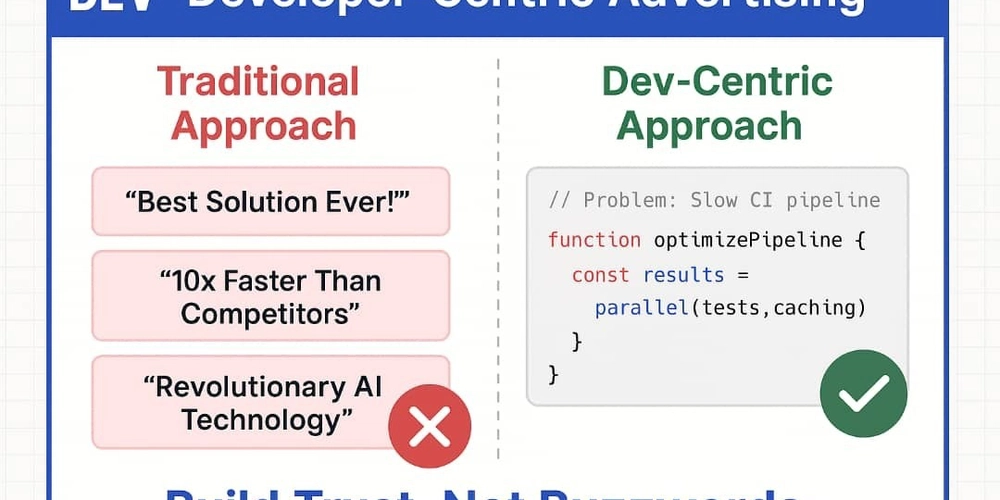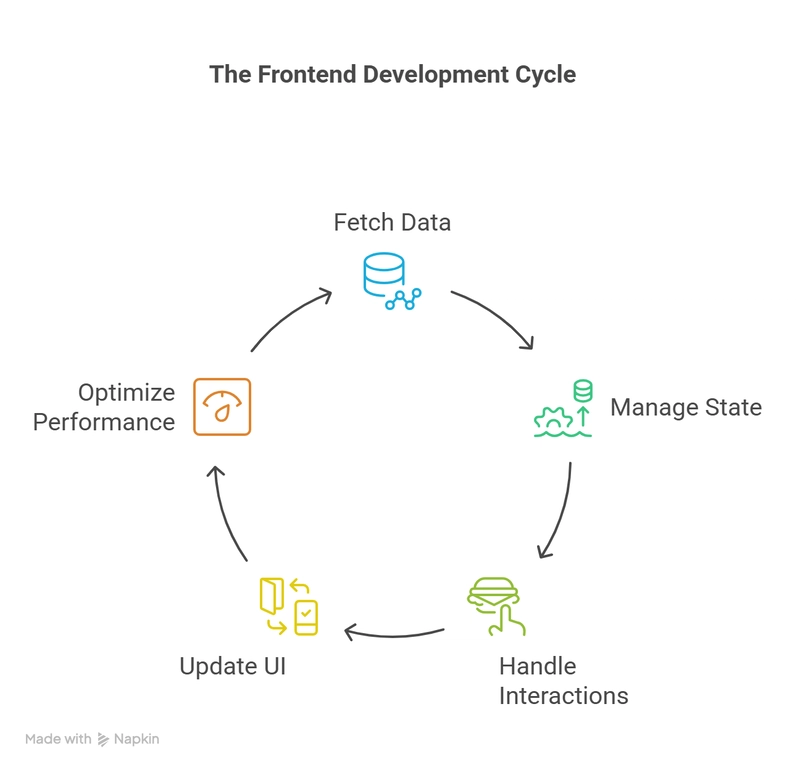10 essential kubectl commands every dev should know
If you’re working with Kubernetes, learning kubectl is a must. Here are 10 practical commands to help you manage your cluster more easily kubectl get pods Show all pods in the current namespace. kubectl get pods kubectl get all Returns all resources: pods, services, deployments, and more. kubectl get all kubectl logs Check the logs of your application inside a pod. kubectl logs my-pod kubectl describe pod See full details about a pod — useful for debugging. kubectl describe pod my-pod kubectl exec -it -- bash Access the pod with a terminal session. kubectl exec -it my-pod -- bash kubectl delete pod Delete a pod (if it’s part of a deployment, it will restart automatically). kubectl delete pod my-pod kubectl apply -f file.yaml Create or update resources using a YAML file. kubectl apply -f deployment.yaml kubectl get services List all services with their IPs and ports. kubectl get svc kubectl get nodes Show all nodes in your Kubernetes cluster. kubectl get nodes kubectl config use-context Switch between clusters or environments. kubectl config use-context minikube Bonus tip: Use kubectl explain to explore any resource directly in your terminal.
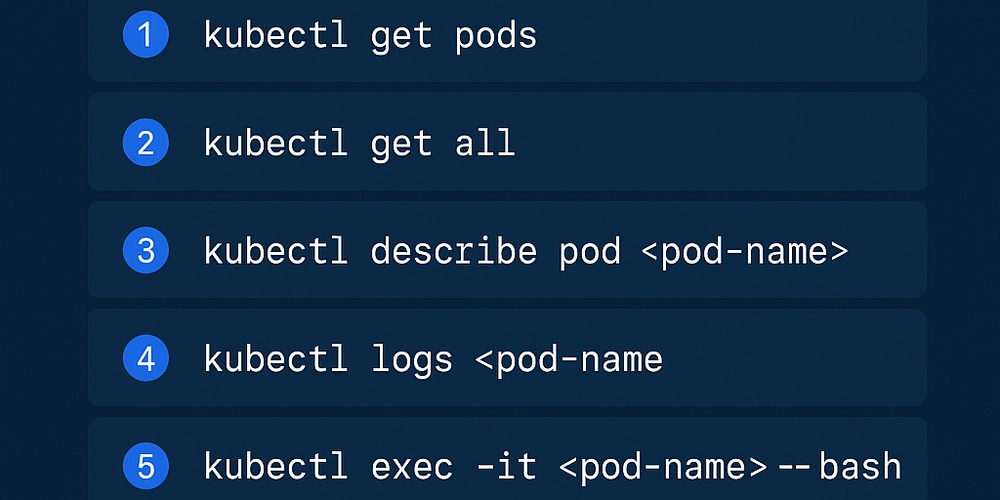
If you’re working with Kubernetes, learning kubectl is a must.
Here are 10 practical commands to help you manage your cluster more easily
kubectl get pods
Show all pods in the current namespace.
kubectl get pods
kubectl get all
Returns all resources: pods, services, deployments, and more.
kubectl get all
kubectl logs
Check the logs of your application inside a pod.
kubectl logs my-pod
kubectl describe pod
See full details about a pod — useful for debugging.
kubectl describe pod my-pod
kubectl exec -it -- bash
Access the pod with a terminal session.
kubectl exec -it my-pod -- bash
kubectl delete pod
Delete a pod (if it’s part of a deployment, it will restart automatically).
kubectl delete pod my-pod
kubectl apply -f file.yaml
Create or update resources using a YAML file.
kubectl apply -f deployment.yaml
kubectl get services
List all services with their IPs and ports.
kubectl get svc
kubectl get nodes
Show all nodes in your Kubernetes cluster.
kubectl get nodes
kubectl config use-context
Switch between clusters or environments.
kubectl config use-context minikube
Bonus tip: Use kubectl explain to explore any resource directly in your terminal.




























![[Free Webinar] Guide to Securing Your Entire Identity Lifecycle Against AI-Powered Threats](https://blogger.googleusercontent.com/img/b/R29vZ2xl/AVvXsEjqbZf4bsDp6ei3fmQ8swm7GB5XoRrhZSFE7ZNhRLFO49KlmdgpIDCZWMSv7rydpEShIrNb9crnH5p6mFZbURzO5HC9I4RlzJazBBw5aHOTmI38sqiZIWPldRqut4bTgegipjOk5VgktVOwCKF_ncLeBX-pMTO_GMVMfbzZbf8eAj21V04y_NiOaSApGkM/s1600/webinar-play.jpg?#)









































































































































![[The AI Show Episode 145]: OpenAI Releases o3 and o4-mini, AI Is Causing “Quiet Layoffs,” Executive Order on Youth AI Education & GPT-4o’s Controversial Update](https://www.marketingaiinstitute.com/hubfs/ep%20145%20cover.png)













































































































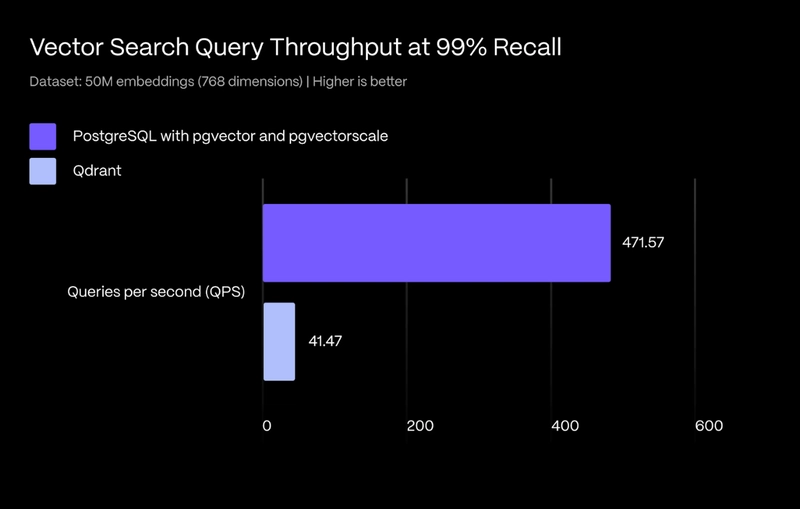




























































































































































_Jochen_Tack_Alamy.png?width=1280&auto=webp&quality=80&disable=upscale#)



























































































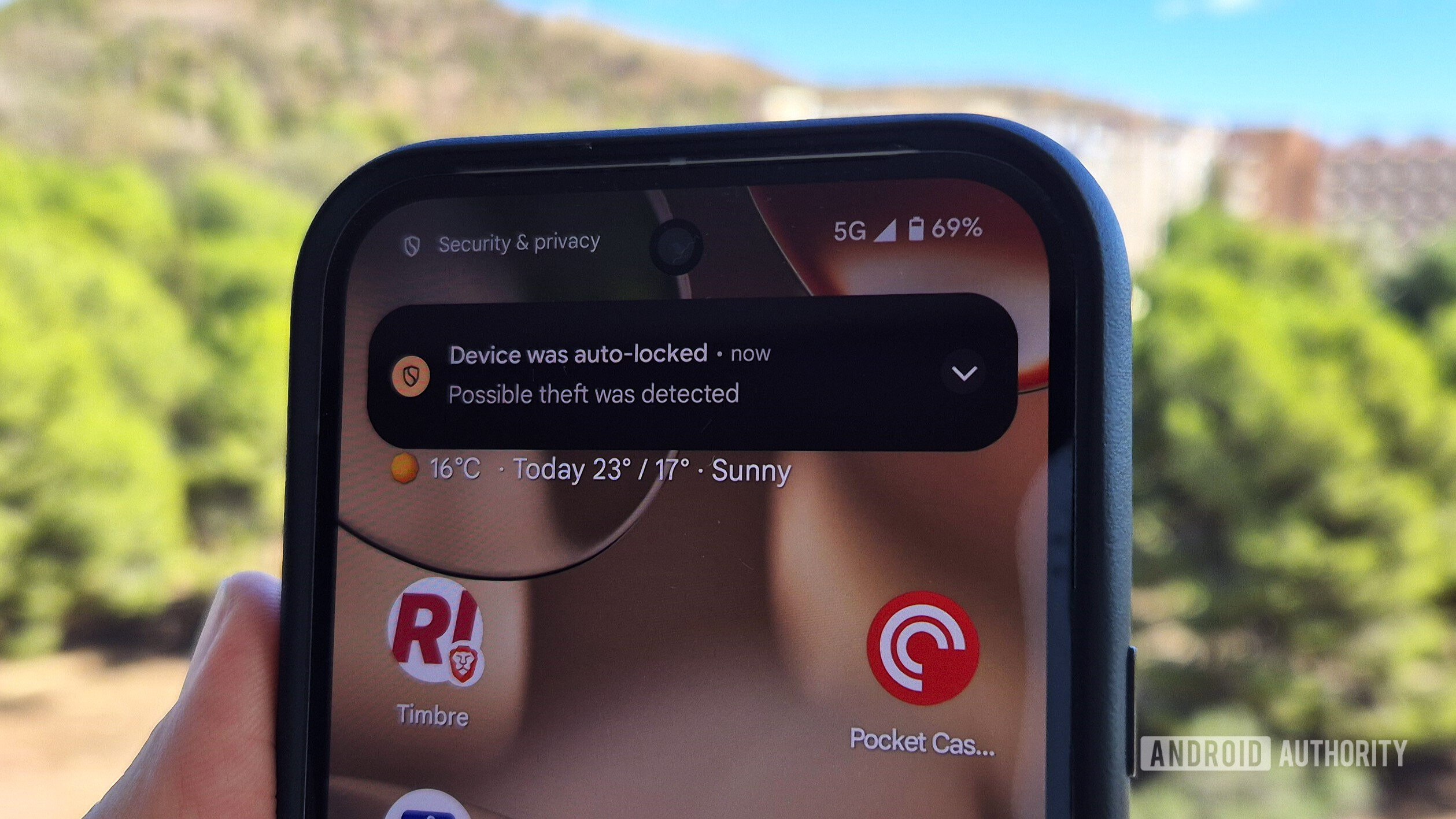





















![New Hands-On iPhone 17 Dummy Video Shows Off Ultra-Thin Air Model, Updated Pro Designs [Video]](https://www.iclarified.com/images/news/97171/97171/97171-640.jpg)
![Apple Shares Trailer for First Immersive Feature Film 'Bono: Stories of Surrender' [Video]](https://www.iclarified.com/images/news/97168/97168/97168-640.jpg)
![Apple Restructures Global Affairs and Apple Music Teams [Report]](https://www.iclarified.com/images/news/97162/97162/97162-640.jpg)
![New iPhone Factory Goes Live in India, Another Just Days Away [Report]](https://www.iclarified.com/images/news/97165/97165/97165-640.jpg)



































































































